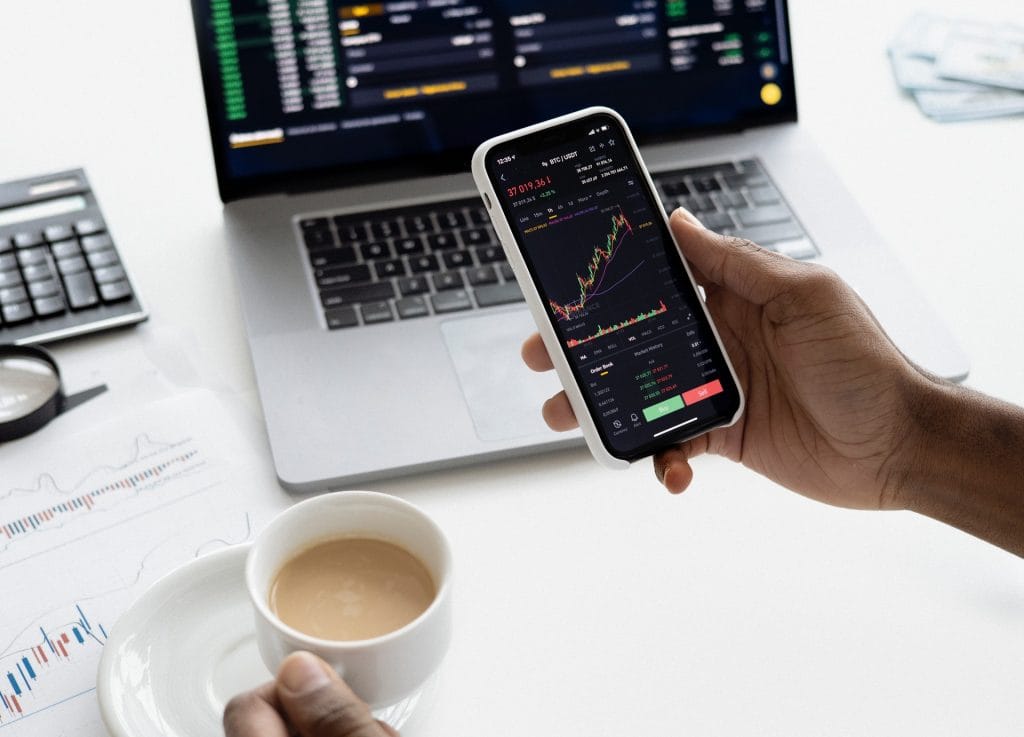Yes, your broker website like CBA will track your performance very well. However, the things it won’t do well it remind you
- when you might want to sell / partial sell your shares
- The current risk profile of your portfolio, or
- An idea of what sectors or markets you are currently diversified
To manage this, I would suggest to use your own personal tracking similar to what I have provided in a template below: Investing Fundamentals: Track Your Investments With Google Sheets
Notes for using such a template
- You will need to ensure your portfolio is updated from your Broker Site (e.g Commsec)
- Each time you make a purchase or sell, update the appropriate columns (the first few until you hit ‘Cost’)
- Personal Input will need to be manually input (unless you use the full template – releasing in coming days)
- Google Prices and statistics will update automatically when the market is open and every 10 or so minutes
If you are unfamiliar with Google Sheets – BECOME FAMILIAR WITH GOOGLE SHEETS!
The next and FINAL piece of this series will be bringing it all together with, you guessed it – A Google Sheet Template – Full Starter Template And Review










